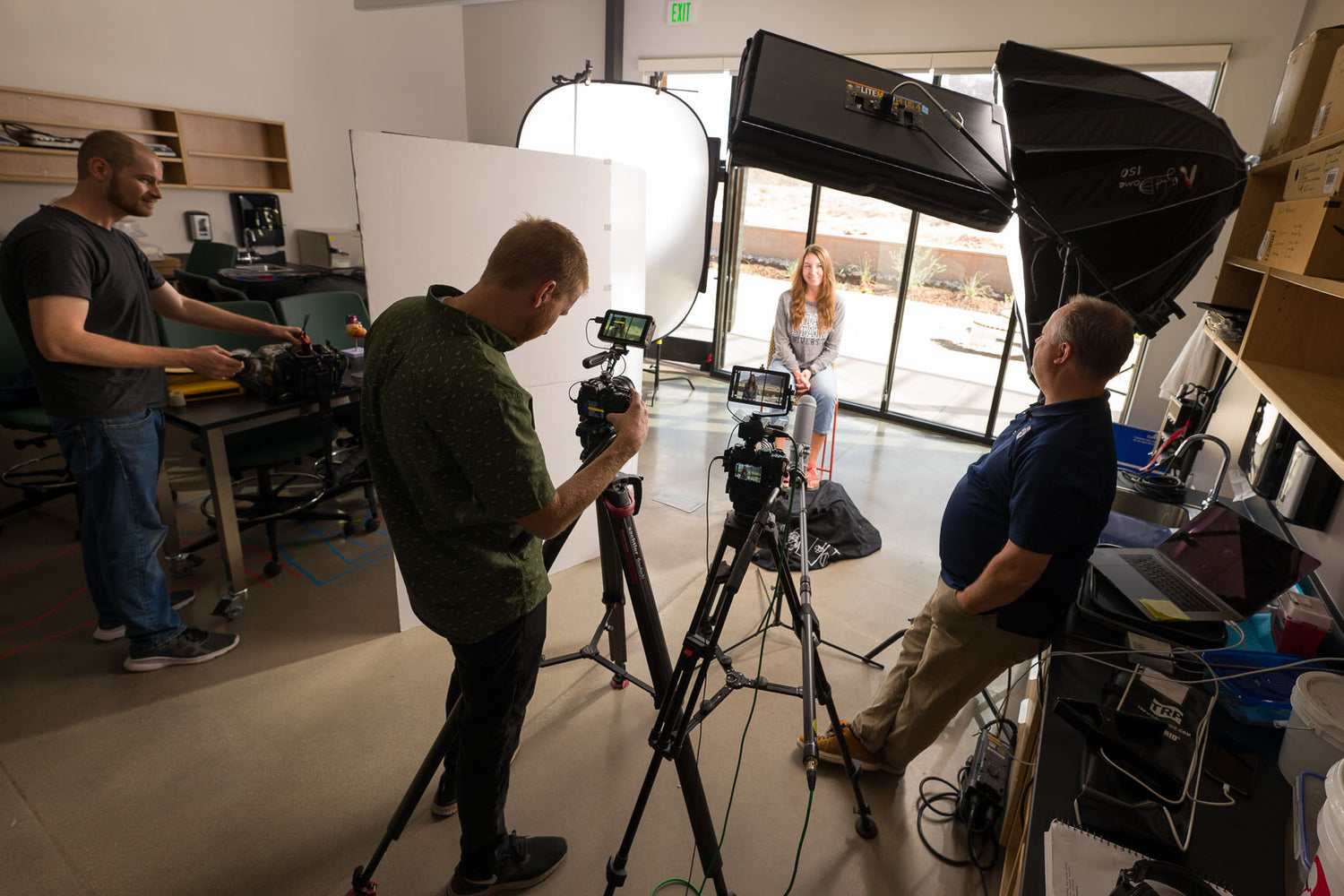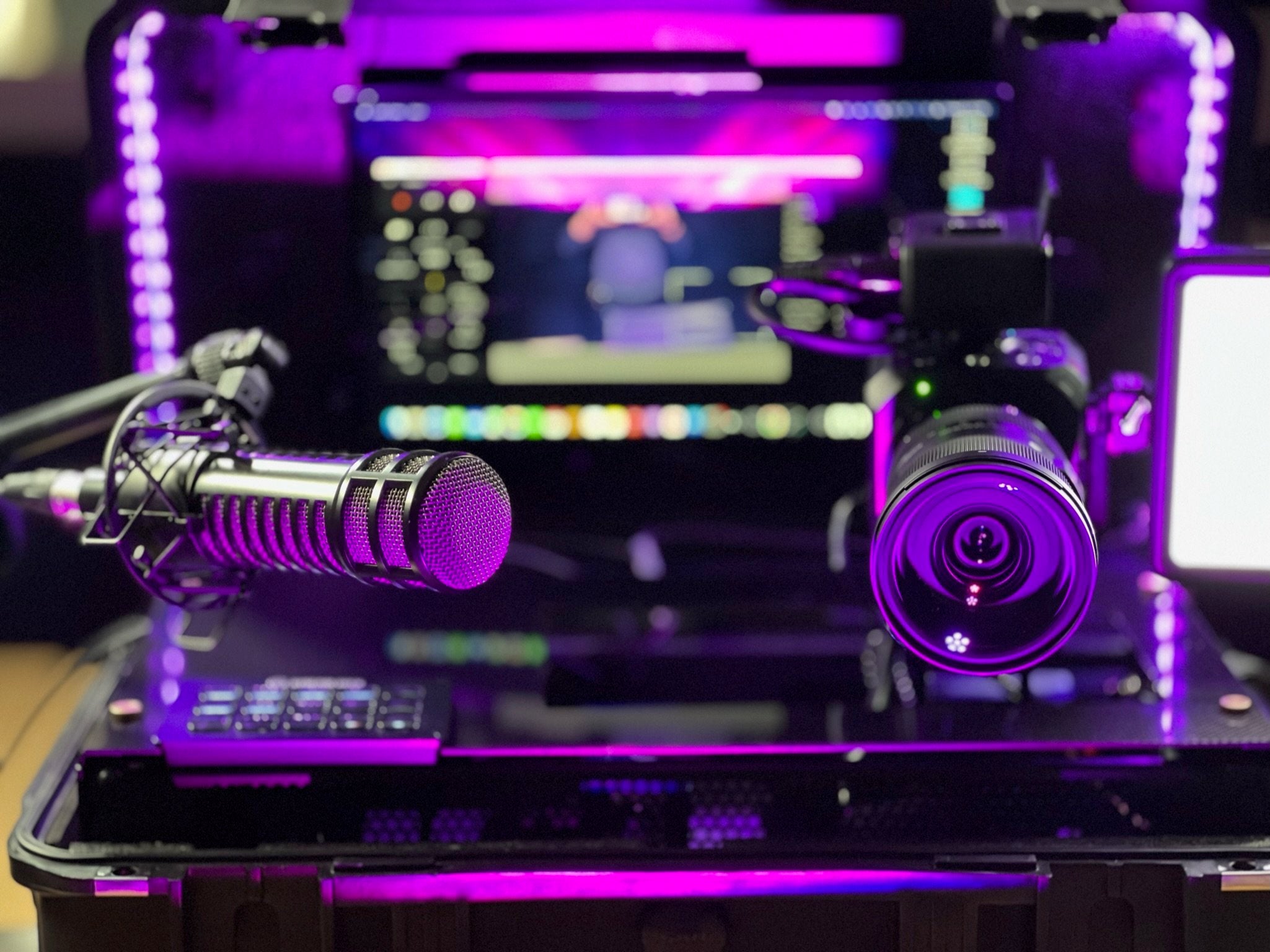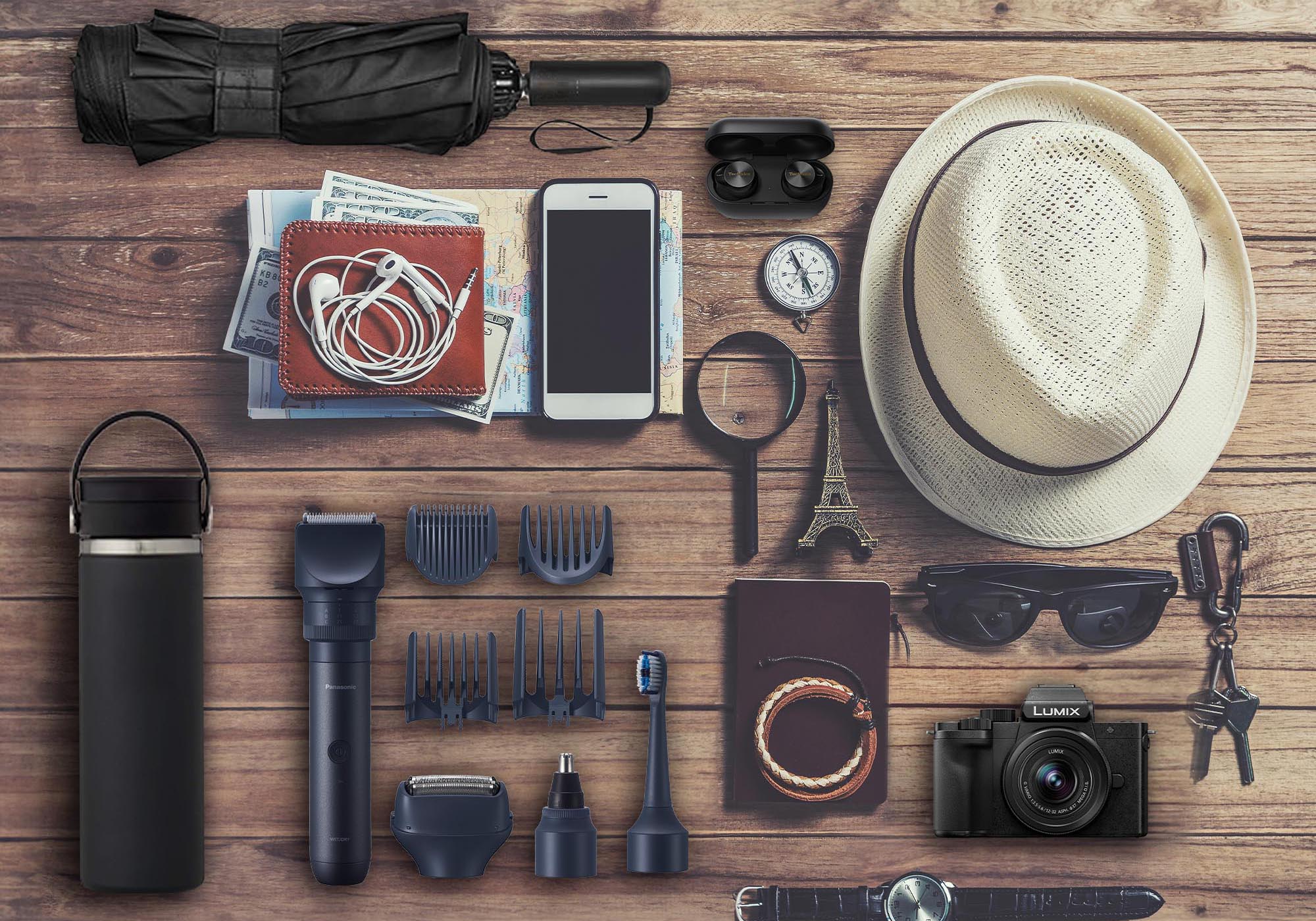In the current competitive landscape of higher education, universities are deploying diverse marketing strategies to attract potential students and enhance their reputation. Many schools are leverage photography and video content to engage these prospective students. Andrew Diamond and Levi Sim from Utah State University have integrated LUMIX cameras into the university's marketing communications department as a part of this approach.
Established in 1888, Utah State University has a long history and has grown into a comprehensive university offering a range of undergraduate and graduate programs. With their main campus in Logan, Utah, USU has regional campuses and centers throughout the state of Utah, and is known for its strong emphasis on agriculture, engineering, business, natural resources, and liberal arts.

Diamond has dedicated nearly a decade to USU, overseeing the creation of marketing and communication visuals, handling both photo and video content. Sim serves as the department's main photographer, contributing images for posters, magazines, brochures, social media content, and advertisements. Alongside Sim, the department includes a part-time photo editor, an additional videographer, and a social media team. Together, they've curated an expansive collection of over 60,000 images housed in their UMAC (University Marketing and Communications) archival gallery.
The department handles both photography and video traveling the state, which spans almost 30 campuses across USU's network. “Admissions is one of our biggest clients, and they need to make pamphlets and commercials to entice people to choose our school over others,” explained Sim. “We’ll arrange with students to be our models, and we’ll go to various places on campus shooting content specifically for the brochure that goes out to high school seniors every year. We’ll also over shoot things so that we have a lot of extra stuff to use throughout the year. At the same time, Andrew's team is out creating videos.”
Previously shooting with Canon and Nikon gear, Diamond and Sim developed an interest in LUMIX following the GH4's release but officially embraced the brand after the release of the GH5. When the LUMIX S1 was introduced, Sim transitioned to full-frame and later opted for S5s due to their lighter weight. Recently, both Sim and Diamond expanded their arsenal to include S5IIs.

Diamond was drawn to LUMIX primarily for its exceptional image quality, especially for video. Capturing in V-Log allows him to consistently draw from their archive, facilitating seamless editing for various projects. He primarily uses Canon EF lenses and uses the Sigma MC-21 Mount Converter/Lens Adapter for his L-mount LUMIX S series cameras.
Diamond also relies on the Dual Native ISO feature of the S5 and S5II. “When we go into an event center that has dim lighting and we can't add lighting on our end, having the S5's Dual Native ISO capability is great,” he explained. “It's nice to put it at 4000 ISO when we're in varying environments and I can just change my variable ND filter to control it.”
Another huge factor for Diamond was LUMIX’s exceptional IBIS (In Body Image Stabilization) since many of the prime lenses he shoots with do not contain image stabilization. “We're in a lot of scenarios where we're shooting run-and-gun style,” he explained. “We might have an hour to be with a person to get an interview and shoot some B-roll, which is not enough time to adequately transfer from handheld to a gimbal. The ease of getting a good handheld shot was a big factor for us.”

Diamond frequently utilizes his S5II to shoot in Open Gate (3:2) mode, aiming to deliver versions in both 16:9 and 9:16 aspect ratios for social media. He relies on Frame Markers to frame his shots accordingly. When it comes to frame rates, his preference is 30p for interview footage and 60p for B-roll, occasionally opting for 24p to achieve a more cinematic look.
Transitioning from a DSLR to a mirrorless system was a breeze for Sim. The Constant Preview feature, allowing a preview before capturing the image, helped his photography experience during this shift. Additionally, he appreciates LUMIX user-friendly menu system and finds great value in adopting custom settings. “We're frequently saving settings and moving them from one camera to another,” says Sim. “When I'm going on an assignment alone and Andrew needs me to shoot some video, he can save it into a custom setting, and I just switch over to C3 and I'm shooting with the settings he wants.”
Sim's affinity for the LUMIX system extends to its flash control capabilities. He specifically appreciates the second curtain sync capability, which precisely regulates when the flash fires in relation to the movement of the shutter curtain. “Using second curtain, we can expose the picture and then at the end, the flash goes off, and then closes,” explained Sim. “The difference is when you use a long exposure, you can show movement, and then freeze your subject. Whereas on first curtain only, you are freezing your subject and then showing the movement through it.”

Sim uses Adobe Lightroom to edit his RAW files. To efficiently organize their work, Diamond and Sim turn to PhotoShelter, a Digital Asset Management software that enables swift access to any desired photo or clip. They diligently tag each image and video with keywords, ensuring effortless retrieval of content. This accessibility fosters seamless collaboration with other campus departments. “We use it throughout the year for various projects over and over again,” revealed Sim. “If a department is looking for footage, let’s say of students having lunch under a tree,’ we can call it up very quickly and deliver.”
Overall, Diamond and Sim's work for Utah State University demonstrates the intersection of technology and impactful storytelling in higher education marketing. They appreciate how LUMIX cameras streamline creativity, alleviating concerns about battery life or the hassle of navigating menus to access essential features. “At the end of the day, Panasonic has been a camera that lets me be the creator,” revealed Diamond.



